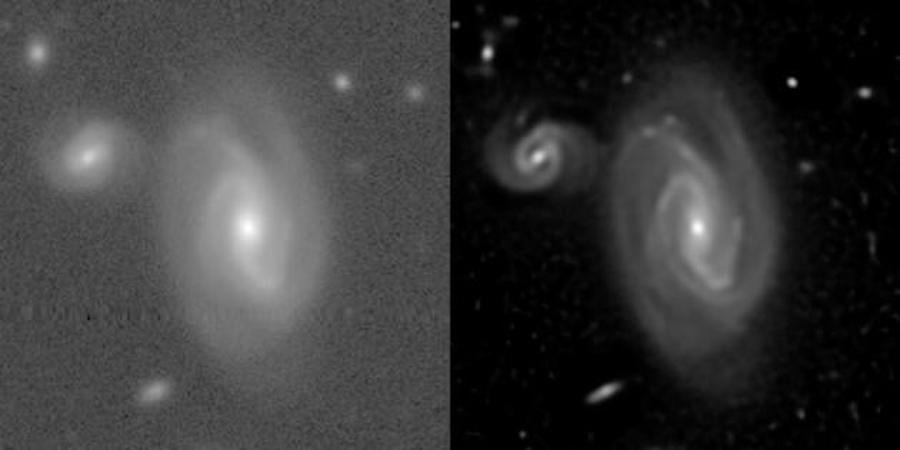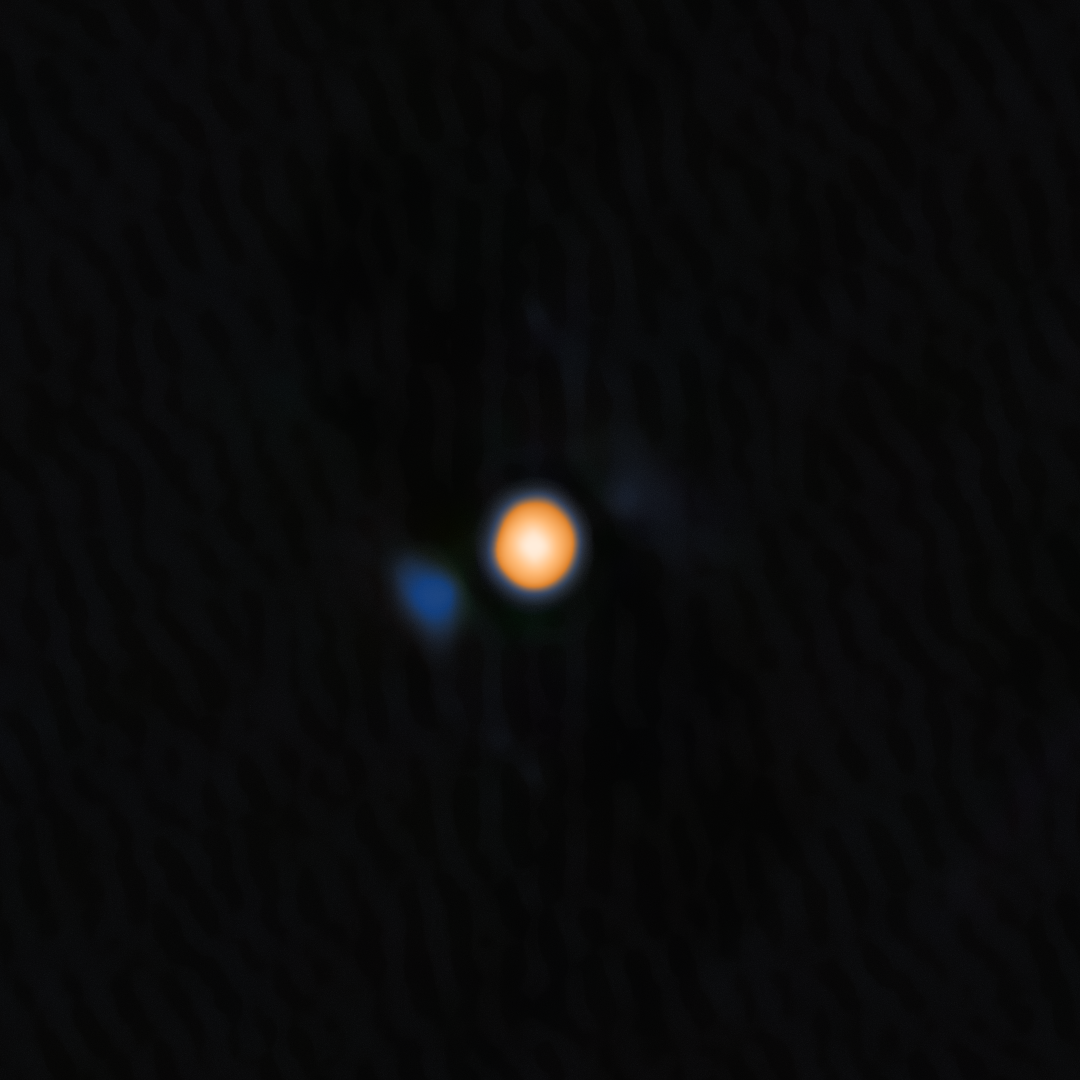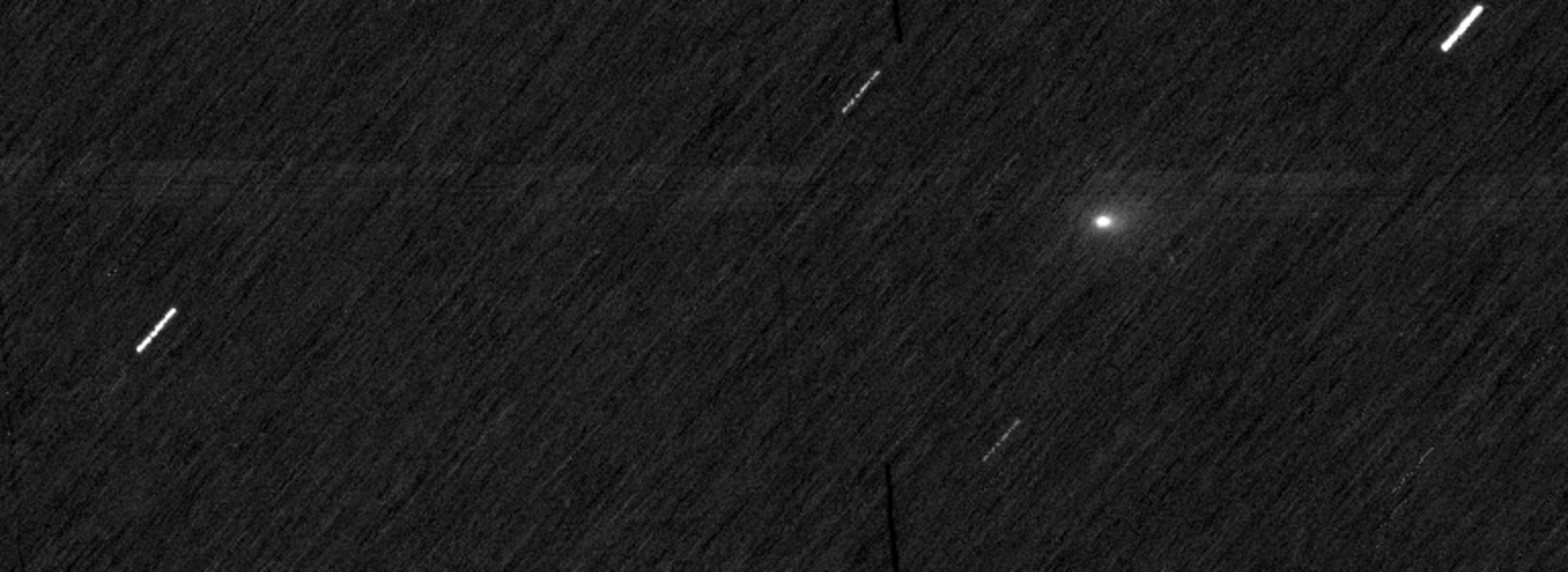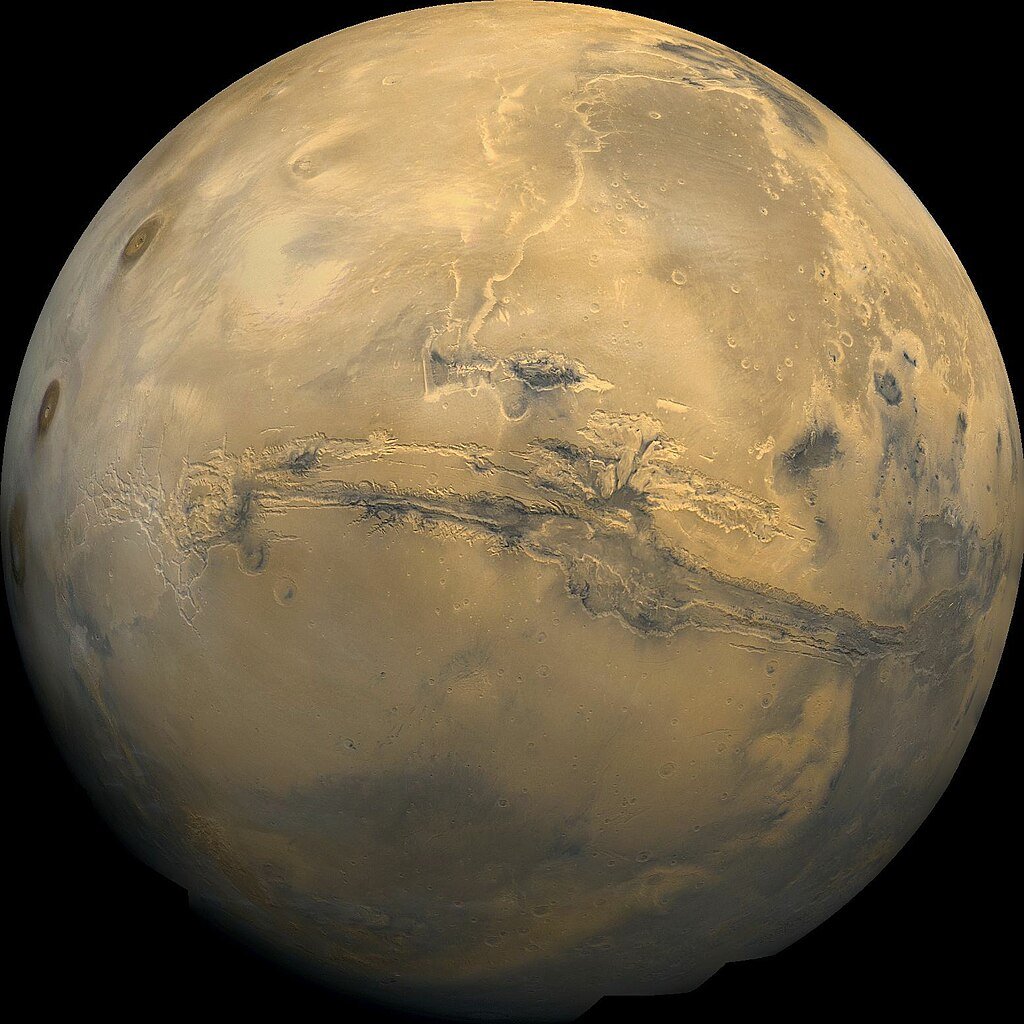SpaceX closed out a dramatic chapter in the development of its super-heavy-lift Starship launch system with a successful flight test that mostly followed the script for the previous flight test.
Earth’s atmosphere has always been the enemy of ground based astronomy and don’t I know it. What would otherwise be crisp, clean datasets gets turned into blurry smudges. Space telescopes
Weather forecasting is a powerful tool. During hurricane season, for instance, meteorologists create computer simulations to forecast how these destructive storms form and where they might travel, which helps prevent
When I spotted a headline about Earth’s ancient oceans and urea, my brain immediately went to the obvious place. Urea, the same compound found in urine. Yes, scientists are telling
Betelgeuse, the brilliant red star marking Orion’s shoulder, has long been suspected of harboring a secret. I have to confess, Betelgeuse holds a special place in my heart as the
When galaxies collide, it’s not a gentle affair, but it does take millions of years. Over this time, the two massive star systems slowly merge together, their gravitational pull drawing
Betelgeuse, the stunning red star in Orion’s shoulder, has been hiding a secret companion for years but proving it has been somewhat challenging. When the elusive “Betelbuddy” (I love that
Between 1 and 7 October, ESA’s ExoMars Trace Gas Orbiter (TGO) and Mars Express spacecraft turned their eyes towards interstellar comet 3I/ATLAS, as it passed close to Mars.
Science fiction is edging closer to reality. A team of scientists has created a detailed roadmap for transforming Mars from a frozen, lifeless desert into a world where plants could
One of the most notable properties of the giant planets in our solar system—Jupiter, Saturn, Uranus and Neptune—are the extreme winds observed around their equators. While some of these planets
-
 012024 in Review: Highlights from NASA in Silicon Valley
012024 in Review: Highlights from NASA in Silicon Valley -
 02Panasonic Leica Summilux DG 15mm f/1.7 ASPH review
02Panasonic Leica Summilux DG 15mm f/1.7 ASPH review -
 03How New NASA, India Earth Satellite NISAR Will See Earth
03How New NASA, India Earth Satellite NISAR Will See Earth -
 04And Thus Begins A New Year For Life On Earth
04And Thus Begins A New Year For Life On Earth -
 05Astronomy Activation Ambassadors: A New Era
05Astronomy Activation Ambassadors: A New Era -
06SpaceX launch surge helps set new global launch record in 2024
-
 07Space Force plans new ‘Futures Command’ amid pressure to speed up modernization
07Space Force plans new ‘Futures Command’ amid pressure to speed up modernization











